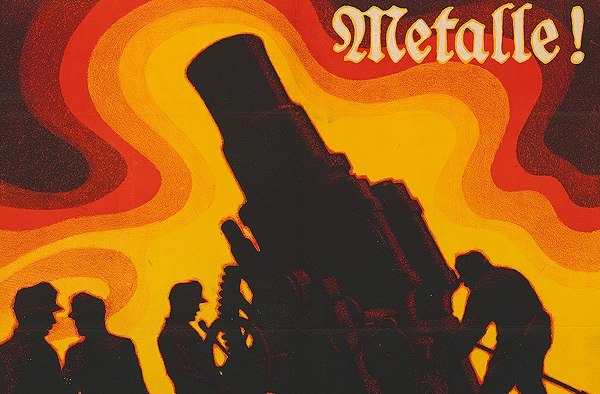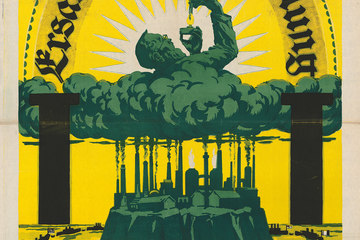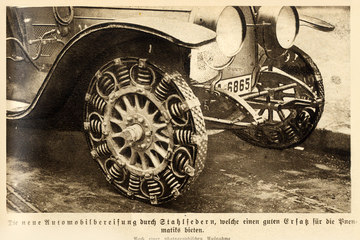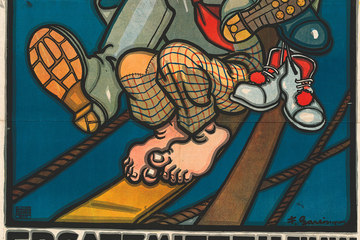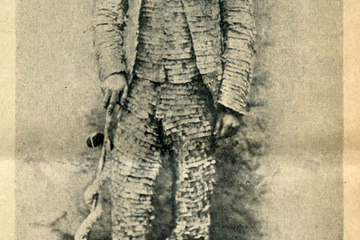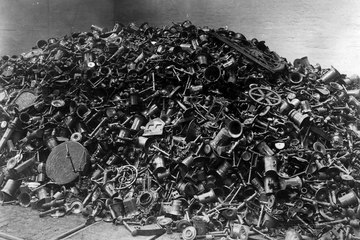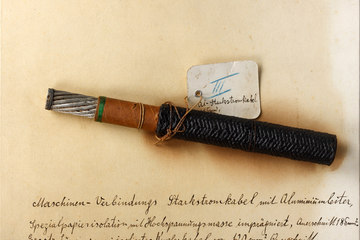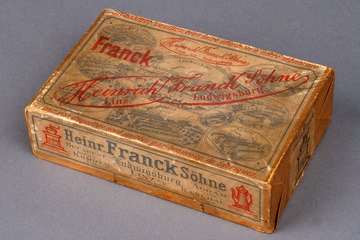Hubert Weitensfelder
The 1918 surrogate exhibition in the Prater
The Prater offered entertainment, but it was also used for military propaganda. In the last months of the war an exhibition was organised there on surrogates. Although the intention was the opposite, it showed how difficult it had become to manage on a day-to-day basis.
From far and near: resins and resin products
The Habsburg monarchy had vast areas of forest, but there were few tree species like black pine suitable for industrial extraction of resin and its products rosin and turpentine oil. When imported products were no longer available, fossil resins from coal tar offered a solution.
Rubber goods: elastic and essential
Rubber goods were widely used in the home and for technical and scientific purposes. When supplies of rubber from the colonies of other powers were no longer available, no suitable substitute was found during the First World War. The processing and recycling of old rubber was the only possibility.
Well shod? Tanning agents and leather
When supplies dried up soon after the start of the war, the former reliance on some unremarkable raw materials from far-off lands became clear. Among them were quebracho wood from Argentina, which had lots of tannin and was used for tanning leather, and wax from the carnauba palm in Brazil, which was used to care for leather.
Fragile clothing: textiles and paper fabrics
Within a very short time after the outbreak of war, uniforms had to be provided for entire armies. Domestic textile fibres were in short supply, however. Paper textiles made of wood pulp from domestic forests were thus used above all to supply the civilian population.
Bells for bullets: metal collection
Mining was stepped up during the war to ensure the supply of metals. Metal was also collected and melted down for military purposes. Examples included the Patriotic War Metal Collection committee and the melting of church bells.
The age of iron
Mining and metallurgy were flourishing economic sectors, but they were nevertheless inadequately equipped for a protracted all-out war, and rare and vital metals had to be replaced increasingly by other more abundant ones.
Chicory, peat & Textilit: surrogates before the war
Surrogates have a long history. Among the most well-known are the various types of ersatz coffee. In the course of industrialisation the number and variety of surrogates increased. When the First World War started, they took on a new importance for both private consumers and the war economy.

